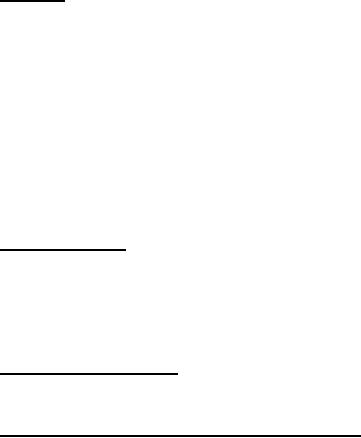 |
|||
|
|
|||
| ||||||||||
|
|  MIL-T-62032H
road test, the front and rear suspension and the drivetrain shall be periodically inspected for
interference and contact with other vehicle components. Abnormal contact of the drivetrain or
suspension components with other components shall be cause for rejection. Front spring
bumpers shall not make contact with frame stops except under the most extreme cross country
conditions. Operational or mechanical failures of vehicle components during the road test shall
be cause for rejection. Failure includes permanent deformation as well as breakage.
4.3.4 Cleaning. Prior to the beginning of air pressure or fluid flow tests, the vehicle shall
be cleaned. The vehicle shall be carefully inspected for evidence of contaminants in the tank and
fuel system, such as loose, spattered or excess solder, metal chips, grinding dust, or other debris.
Test fluid, as specified in 4.3.10, shall be pumped through the system for a minimum of
10 minutes at not less than 80 gpm. Filter/separator and contamination monitor filter elements
shall not be in place. At the end of the 10 minutes, strainers and low point drains shall be
examined for evidence of contaminants. If any trace of contaminants is found, the recirculation
of test fluid at 80 gpm shall continue for 10-minute periods until all trace of contaminants has
been removed. Strainers and low point drains shall be examined at the end of each 10-minute
period. When all trace of contaminants has been removed, testing may proceed. Filter/separator
and contamination monitor filter elements shall be reinstalled before flow testing.
4.3.5 Tank leakage test. To determine conformance to 3.5.4, after the road test the cargo
tank shall be subjected to a static air pressure test at 5 psig for a period of not less than 5 minutes.
A soap solution shall be applied on the exterior of the tank at all welds and joints as an aid in the
visual detection of leaks. Vents and other normal pressure relief systems shall be sealed closed
during the test.
4.3.6 Hydrostatic test pressure. The entire fuel dispensing system of types III and IV
vehicles shall be tested for conformance to paragraph 4-10.2 of NFPA No. 407.
4.3.7 Vent operation and pressure/vacuum holding tests. The contractor may use
pressure transducers or other industry accepted methods to measure normal venting pressure
limits for conformance to 3.5.11.1. A suggested test method suitable for the low pressures
involved is as follows:
(a) Position the first production truck such that a test fluid hose can be connected
between the bottom loading adapter and a pressurized source for filling the tank and
a hose can be connected to a receptacle for discharging test fluid from the tanks.
Partially fill the tank (required for steps (f), (g) and (h) below).
(b) Attach the vapor recovery flange to a U-tube water manometer (mercury
unacceptable). (The U-tube manometer can be fabricated from clear plastic tubing
mounted on a ruled board.)
55
|
|
Privacy Statement - Press Release - Copyright Information. - Contact Us |